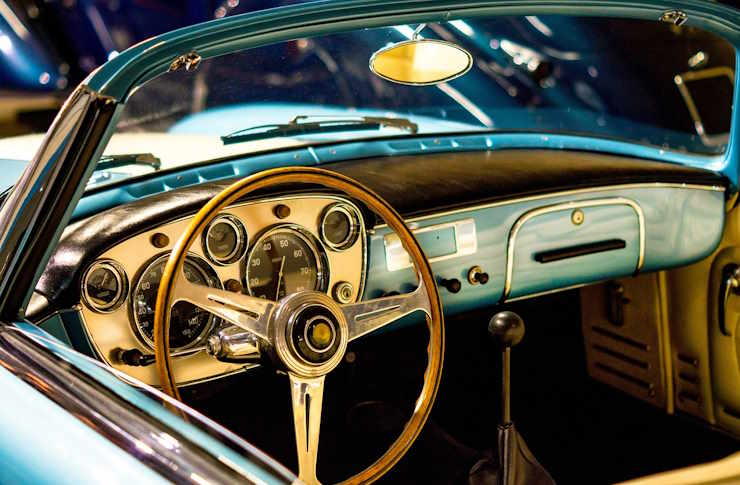Rediscovering the Art of High-Performance Rotary Engines
Introduction: Rotary engines, with their unique charm and unorthodox engineering principles, have always held a special place in the annals of automotive history. Despite their dwindling presence in modern cars, the fascinating world of rotaries still captivates many automotive enthusiasts. Let's delve into this captivating journey of the rotary engine, its rise and fall, and the potential for a triumphant return.

An Ode to Rotary Engines: A Brief History
In 1929, Felix Wankel, a German engineer, conceptualized the rotary engine design that offered a radical departure from the traditional piston-cylinder arrangement. His vision was to create an engine that was simpler, lighter, and smoother. The first running prototype was completed in 1957 by NSU Motorenwerke AG, a German manufacturer. Mazda, a Japanese automaker, adopted this technology and became the most significant proponent of rotary engines, culminating in the legendary RX series.
The Allure of Rotary Engines: Key Technological Highlights
Unlike conventional combustion engines, rotary engines boast a significantly less complex design. They operate on the principle of rotary motion, with a triangular rotor replacing the reciprocating pistons. This results in a surprisingly smooth and high-revving powertrain. Rotary engines are also renowned for their high power-to-weight ratio, making them a favored choice for performance-oriented vehicles and even some aircraft.
Rotary Engines in Today’s Automotive Landscape: Current Trends
Despite their unique benefits, rotary engines have largely faded into the background. Emissions regulations, along with concerns over fuel efficiency and durability, have contributed to their decline. However, the story doesn’t end there. The recent resurgence in interest towards unconventional powertrains has sparked renewed discussions around rotary engines. Some automakers are exploring the potential of rotary engines as range extenders in hybrid vehicles, capitalizing on their compact size and high-revving nature.
The Revival of Rotary Engines: Prospects and Challenges
While the potential for a rotary revival is intriguing, it’s not without its challenges. The primary hurdle lies in rectifying the inherent inefficiencies associated with rotary engines. Innovations in materials science and combustion technologies could provide solutions, but significant R&D investments would be required. On the bright side, the prospect of rotary engines serving as range extenders could offer a viable pathway towards their reintroduction.
The Rotary Renaissance: A Glimpse into the Future
The road ahead for rotary engines is certainly filled with uncertainties. However, their unique charm and potential for high performance make them a fascinating subject of study. While it’s too early to predict a full-blown rotary renaissance, the mere possibility is enough to stir excitement among automotive enthusiasts.
In conclusion, the world of rotary engines is a captivating saga of innovation, challenges, and relentless pursuit of performance. The potential for a triumphant return remains uncertain, but the journey thus far is a testament to the fascinating world of automotive engineering.





